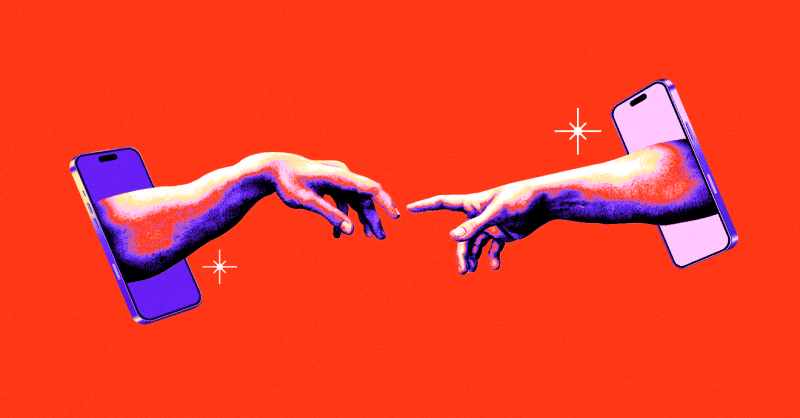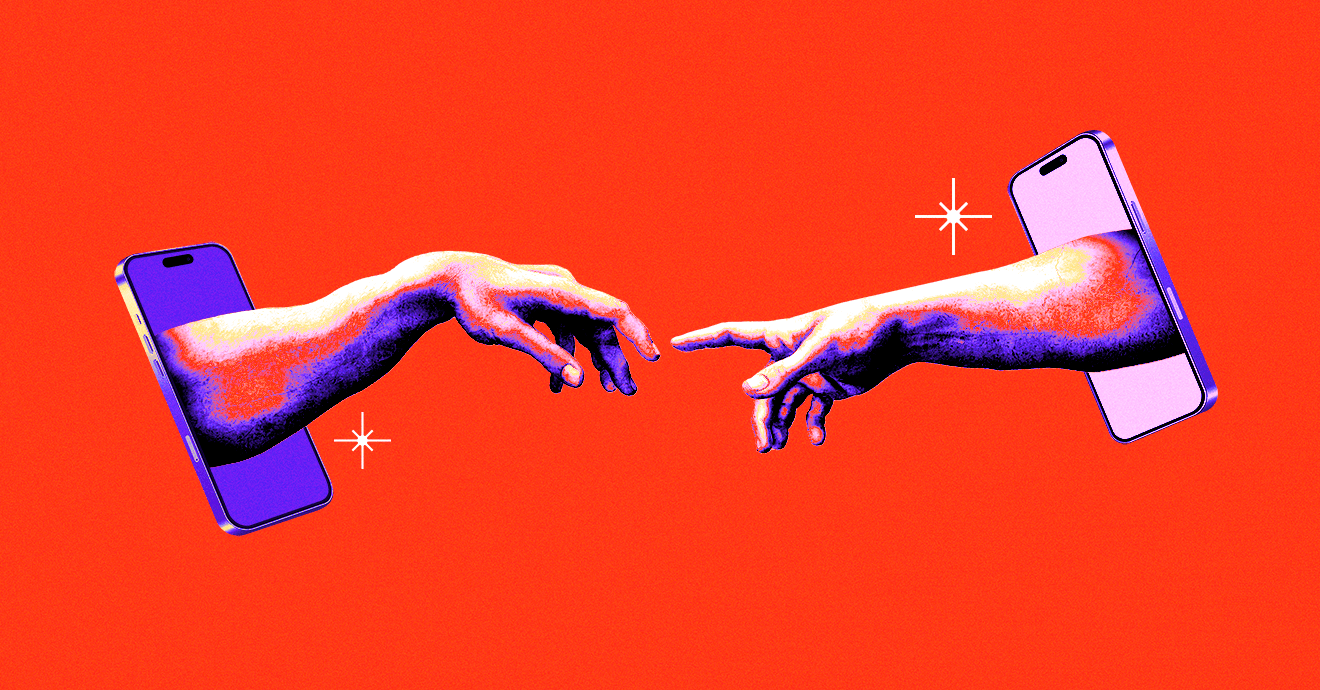Sleep is more than just a health issue
A new creative approach creates new possibilities for positioning the brand on a subject that is already widely explored within its market. […]
See moreA new creative approach creates new possibilities for positioning the brand on a subject that is already widely explored within its market. […]
See more

How to transform everyday conversations into an agenda for those who are not impacted by the issues covered by the brand in […]
See more

Tech companies are increasingly taking on the role of providing answers to the dynamic desires of consumers. From “fin” to “fun,” tech […]
See more

How the lack of real connections is giving rise to a new-old way of thinking and doing social media. Every now and […]
See more
Let's talk ![]()
Just choose the topic and we'll talk